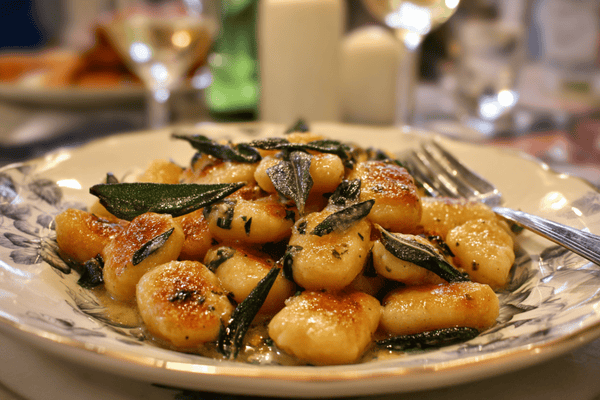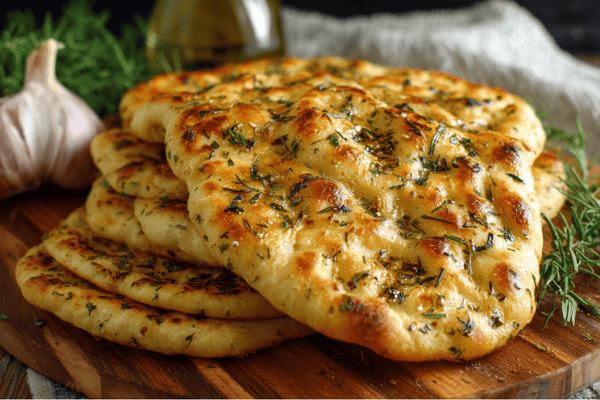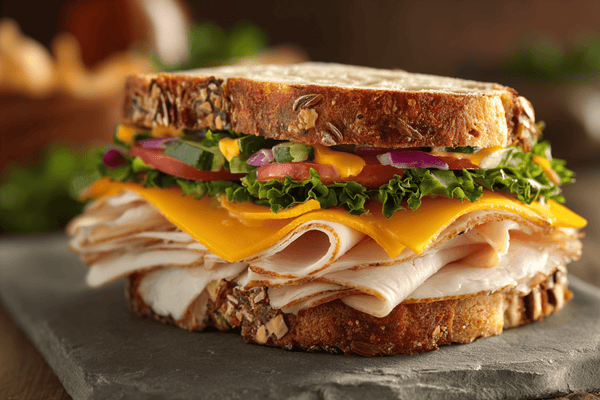
Japanese knives are made to be thin, hard and most importantly sharp. These are the key features that make these knives stand out and are considered amongst some of the best in the world.
To keep your knife cutting smoothly and efficiently you’ll need to ensure that the blade is sharp before every use, this should become a ritual and it’s an incredibly important
You should sharpen your knife once or twice per year for casual use or once a month for professional use depending on the frequency of use alongside some other factors. To keep your knife sharp, however, you should be honing it before or after every use to maintain a sharp edge for as long as possible.
Sharpening a Japanese knife can often be confusing if you take the term sharpening too literally, therefore in this article will clarify what sharpening a knife actually is and how frequently you really need to do it? How often to sharpen kitchen knives?
Table of contents
Difference Between Honing and Sharpening
When it comes to sharpening a knife, you will often see misleading information on this subject as the terminology used can be quite confusing, especially for beginners or those new to Japanese knives in general.
The reason for this is that maintaining a sharp knife should be a task that you do before every single use however you shouldn’t ‘sharpen’ your knife before every use. The confusion is caused because the terminology for maintaining a knife on a daily/weekly basis is honing.
Honing your Japanese knife is the process of keeping your blade sharp by removing excessive burrs, folding and nicking from the knives edge. With honing, you do not remove any layers of steel in order to form a new edge, rather you look to maintain sharpness with the current blade edge for as long as possible.
When sharpening a Japanese knife, you remove a layer of steel to form a new and sharper edge, with honing you only smooth out the steel edge to maintain sharpness.
Sharpening should therefore only be done once you have (or are starting to get) a dull blade, this is the determining factor and it will vary for everyone depending on a range of factors.
How Often Should You Sharpen a Japanese Knife
As mentioned above, we want to be clear that sharpening and honing a blade are two very different forms of blade care but both are crucial to maintaining a sharp blade.
As a general rule, you should sharpen your knife a few times per year if it’s used for general use in your home. If you're a professional that uses the knife extensively on a daily basis then you’ll of course need to sharpen it more frequently and once or twice per month is common practice.
When it comes to honing, this will again depend on the frequency and duration of use, the most common honing frequency is before or after each use. If you only use your knife once per week then honing once a week is fine, if however you use your knife daily then daily honing will be required to maintain sharpness.
Honing simply requires a few passes of the blade on a steel or ceramic sharpening rod, excessive honing will lead to blade damage so again don’t think of this as a ‘sharpening’ process. The frequency of sharpening your knife will therefore depend on the point in time that your knife needs this treatment.
When Should You Sharpen a Japanese Knife?
The frequency with which you sharpen a Japanese knife will come down to a few major factors that will heavily influence sharpening requirements. The most important factor however is how dull your blade currently is.
A simple test to check for dullness is to run your finger over the edge of the blade to test the sharpness. This of course can be a nervous action for a lot of people so another way to test the sharpness (and ultimately the dullness) of the blade is through a useful paper test.
Knife condition - The condition of your knife will give the best indication of when and how often you will need to sharpen your knife. The key signs to look out for are whether the blade is missing burrs along the edge or has become dull as this will influence whether you need to hone or sharpen the knife.
Honing your blade should be done frequently to smooth out the blade's edge, once a knife starts to dull over time however, then honing will not be effective in preventing this. As soon as a knife starts to dull then sharpening will be needed immediately to create a new knife edge.
** Creating a new knife edge is not as drastic as it might sound, you are simply removing a small amount of steel from the edge to re-establish a burr (small microscopic sized teeth that contribute to a blade's sharpness).
Frequency of use - The frequency of use will of course be a key factor in determining when your knife will need to be sharpened. If you use a knife daily for extended periods of time, then even without honing you won’t be able to prevent the dulling of the blade.
The more frequently you use the knife, the more frequently you will need to sharpen it. There is no set rule for this but daily use will likely require sharpening monthly whereas less frequent, weekly use will mean you should only need to sharpen it a few times per year.
Type of food being cut - Certain food types will have a direct impact on how quickly your knife becomes dull. Soft foods like fruit and vegetables will reduce blunting when compared with more abrasive foods like meat (in particular the bone).
The best test of when a knife needs sharpening based on the type of food you are cutting is how much effort you need to exert during a cut. A truly sharp Japanese knife should cut through fruit and vegetables with minimal force in an up and down motion.
If food is staining the board during chopping or you need to use force or any sort of sawing motion to cut through the food then the blade is likely already dull and in need of sharpening.
Frequency of honing - As mentioned earlier, regular honing will help to keep your blade sharp for extended periods of time and extend the lifespan of your knife.
With regular honing, you’ll have a much better idea of how sharp your blade is and will easily notice a change in cutting difficulty if it starts to dull.
As soon as honing no longer has any effect on how easily you can cut then it means your blade has become dull and in need of sharpening. Honing is the single most important factor for indicating when your blade will need to be sharpened and takes only a few seconds to test before use.
Final Thoughts
Sharpening a Japanese knife is an abrasive process that should not be carried out frequently if you want to maintain your blade in the long run. Keeping your knife sharp however is a different matter entirely and you should hone your blade just as frequently as you use it to maintain sharpness.
You should only sharpen your knife once you notice that the blade begins to dull. We’d recommend avoiding the blade becoming dull completely as this will make it harder to cut and increase the risk of the knife slipping during use.
The frequency with which you need to sharpen a blade will vary based on the factors we listed earlier but regular honing and checking of the blade sharpness will help to prevent the blade from becoming too dull, therefore sharpening should only be required a few times per year for general use. For more details on how best to sharpen your knives, please see 'How to Correctly Sharpen VG10 Japanese Blades'.


